- Solutions
- Sector
TYPE OF BUILDING
- References
- Resources
- Octopus Lab
- English
TYPE OF BUILDING
Finally ! As you all know, restaurants, museums and shopping centers have recently reopened. The same goes for cinemas.
In order to make the most of it, you rushed to book your cinema ticket, as well as a table at your favourite restaurant to end the day in style. The wait had been far too long! However, your friend’s remark keeps running through your head: “You know the virus hasn’t gone away…”. On reflection, should you give up these little pleasures that you had missed so much? In those closed places, what risk of contamination with the coronavirus do we expose ourselves to? Is wearing a mask sufficient? What impact will the ventilation strategy have on reducing the risk of infection? What about the half-gauge imposed on establishments?
With all these questions, doubts arise. Is there a solution that could provide you with information on these points? Your prayers have been answered. What is it called?
INDALOⓇ-COVID. And since you’re dying for it, here’s a more detailed explanation.
With INDALOⓇ, our indoor air quality simulation software, it is possible to assess the risk of coronavirus spread in a building and to identify the best strategy to limit the infectious risk.
In order to fight COVID in restaurants, there are various solutions, including the use of protective screens or air purifiers. Can we quantify their effect? This case study will give us a better idea.
Let’s take the example of a restaurant where a person is ill at table 3. Let’s model the implementation of preventive measures :
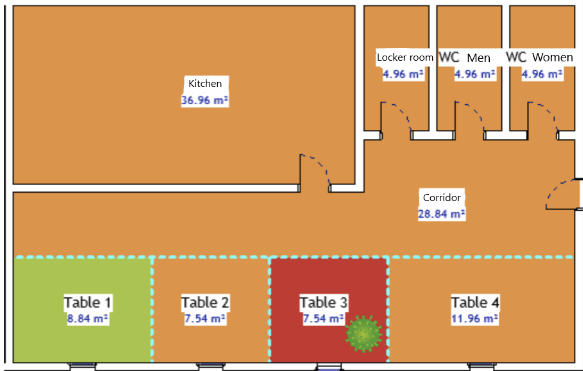
Protective screens are placed between tables. This reduces the risk of infection by 65% for diners at adjacent tables
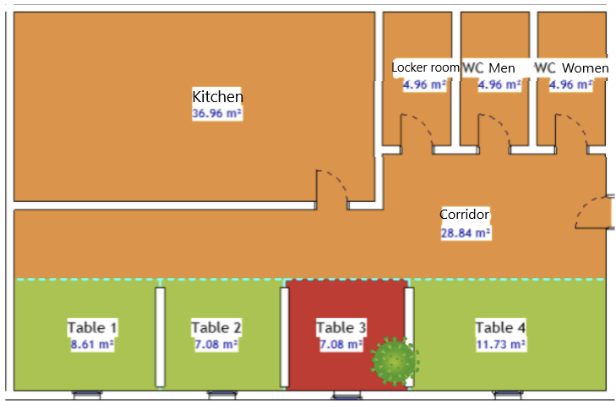
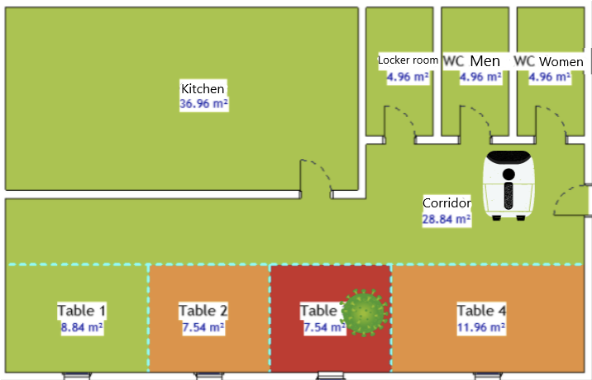
Let’s move this H14 filter air purifier at 500 m3/h to a corner of the restaurant. A reduction in the risk of infection of 80% for customers near the purifier is observed. However, this reduction is only 3% for other customers.
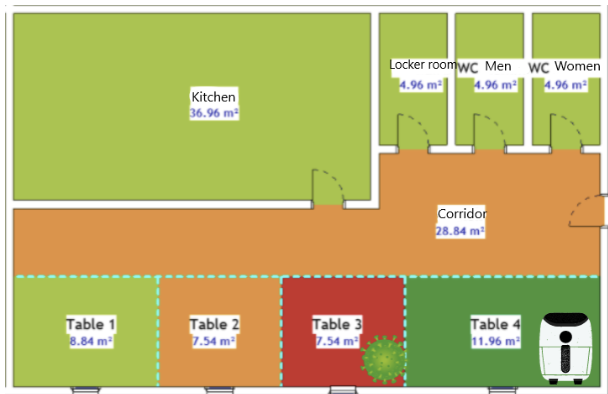
For greater overall efficiency, and to give you more peace of mind when dining, you would need a completely different set-up.
This would involve installing an H14 filter air purifier at 125 m3/h near each table. This would reduce the risk of infection by 80% at all tables.
In the end, in our example of the restaurant, devices are effective in limiting the risks of contamination. However, be careful to position them correctly for optimum effectiveness!
Can the same be said for your second venue, the cinema ?
This time, our model is based on a 240-seats cinema in which 1% of the people present are ill during a screening. A supply and control vent is present to meet the minimum regulatory fresh air intake rate.
The 50% air recirculation increases the risk of infection by 22% for all people present, and mainly in the zone where the recycled air is blown… Choose your place carefully!
The half-gauge, on the other hand, reduces the risk of infection by an average of 69%. Nevertheless, people in the vicinity of the sick person remain 9 times more exposed than those who are far away.
You may not be surprised when you are told that wearing a mask is effective in the fight against COVID-19. But in your opinion, to what extent? In this case, for example, wearing a mask drastically reduces the risk of infection by 80% for people in the vicinity of the sick person ! So this is no longer the time to eat popcorn!
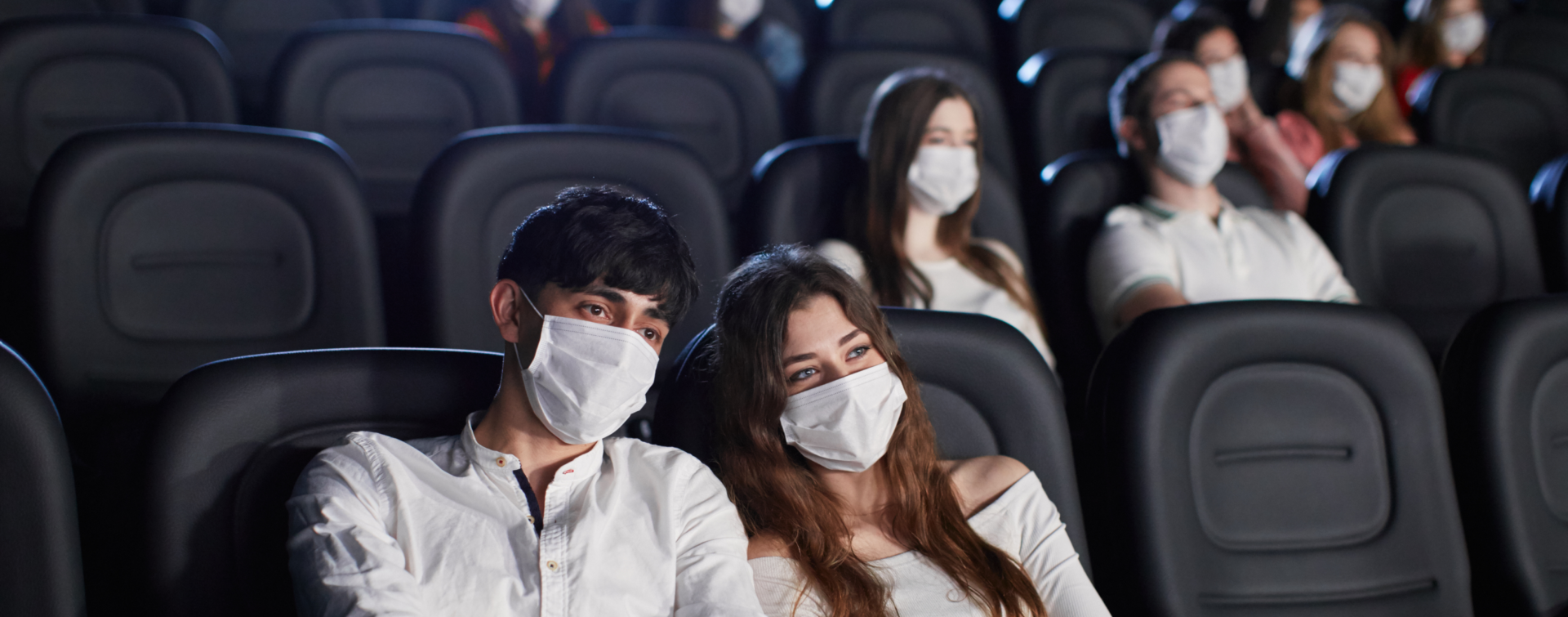
Keep in mind that the measures currently in place are judicious: half-capacity indoors for restaurants, compulsory wearing of masks when moving around inside the restaurant and on the terrace from the age of 11, a maximum number of guests of 6 people per table, etc.
As far as our beloved cinemas are concerned, they can be filled up to 65% of their capacity, up to 5,000 people per room (Green Pass above 1,000 people).
It is complicated to make the right choices… That’s why INDALOⓇ-COVID could be your best ally !